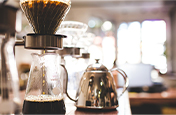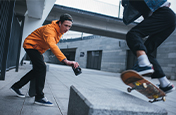LIGHTROOM
For iOS and Android

Refresh your focus with lens calibration.
Ensure that your DSLR camera produces the sharpest autofocus photos possible by calibrating your lens. Learn when and how to perform this important maintenance step.
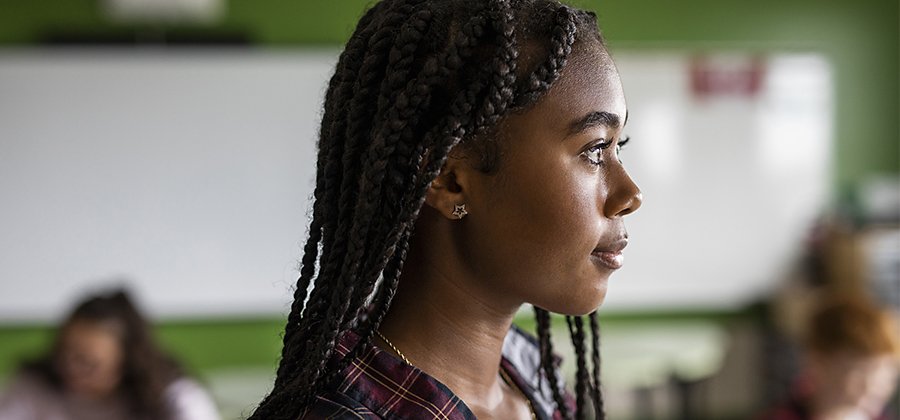
What is lens calibration?
Lens calibration, also known as autofocus calibration, is a method of fine-tuning where the focus point falls in your image when you are autofocusing. Theoretically, autofocus should always produce sharp images, with your chosen subject in focus. However, in a DSLR camera, an autofocused image requires clear communication between the lens (which lets in the light), the camera’s autofocus chip (which determines when the image is in focus) and the camera’s sensor (which creates the image).
This leaves room for images to appear in focus in the viewfinder, only to be out of focus when they’re actually produced. And it can happen at any focal length.
“That’s the worst thing,” says photographer Felipe Silva. “Say you’re shooting a client’s wedding, you use autofocus and your image is focused on the back of their ear instead of their eye. Your camera can tell you that it’s focused, but when you zoom in really close, you can see that it’s a little bit off.”
“It’s like a miscommunication between camera and lens,” says photographer Jason Weingart. “And lens calibration corrects how ‘off’ the lens is.”
What causes this unexpected blur?
When you first buy a lens, it should function predictably with your camera body and your autofocus system should work well. However, even new cameras and lenses may have some slight margins of error in how their components are positioned. Over time, inner components can shift and cause your photos to be slightly blurry.
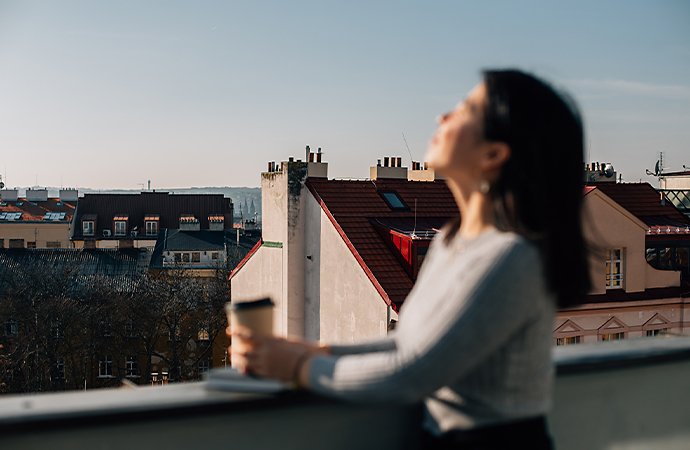
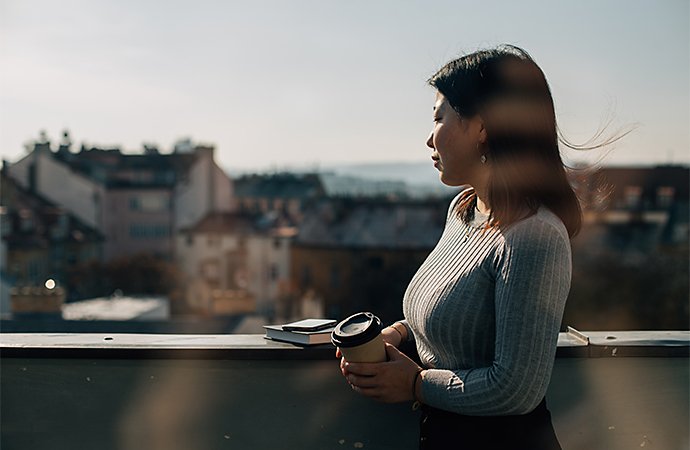
How often should you calibrate your lenses?
You need to calibrate only if and when you notice that your camera’s autofocus isn’t producing a clear photo with a certain lens. It can depend on how much wear your equipment gets. But for some, this may occur about every six months to two years for each camera and lens combination.
If you change lenses often, don’t worry. Many cameras recognise the specific serial number assigned to a lens and will remember its calibration setting from the last time you set it.
Do you need to calibrate a mirrorless camera?
No, lens calibration is not needed with a mirrorless camera and lens. This is because mirrorless cameras do not use an autofocus chip. Instead, the camera’s sensor does both the focusing and the imaging, so there is no room for miscommunication.
How to calibrate your lens.
The calibration process involves taking a series of photos in a controlled way, so you can see exactly how your focus is off. You can then correct it using your camera settings. If the intended subject of your image is blurry, that means your camera is either back focusing or front focusing. A back focus is when the focus falls slightly behind your subject and a front focus is when the focus falls slightly in front of it.
When you calibrate, you’re telling your camera to shift the focus one way or the other when it does the imaging, so your final photo matches what you see in the viewfinder or screen when you take it.
Lens calibration tools and set-up.
To calibrate, you need a well-lit environment, a tripod, a flat surface and a subject to photograph that has easily measurable markings. You can purchase special objects to use as the subject of your test photos, which have been specifically designed to help you to find your focus, such as focus pyramids or calibration charts. Or you can create your own prop.
One method is to use a hardcover book and a 12-inch ruler with clear markings. Stand the book up on its bottom edge, so the cover is facing the camera. Tape a small piece of paper with an “X” drawn on it to the front cover at the centre line. Then balance the ruler against an object, like a coffee mug, so it’s at a 30-degree angle. You want the ruler placed right beside the book, with the top end tilting away from the camera and the middle 6-inch point lining up against the centre of the book cover where you’ve taped the paper.
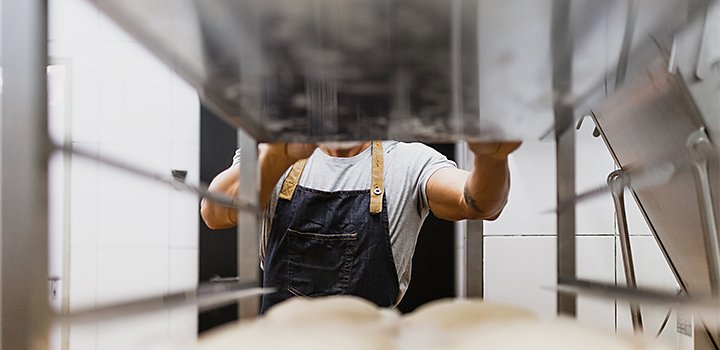
Follow these steps for perfectly calibrated lenses.
Once you have your calibration chart (or DIY book-ruler set-up) and tripod ready, go through the steps below to calibrate your lens:
1. Let there be light.
Set yourself up in a well-lit environment. “Using a low- to mid-range ISO is fine, depending on how light sensitive the camera is,” says Weingart.
Attach your camera to a tripod and use a timer to take your test photos to avoid camera shake. If you have a vibration reduction setting on your camera, turn it off for this process. If you can, use a level to ensure that your camera isn’t tilting to one side or the other as you aim it at your flat surface.
Place the item you’re using as your calibration subject on the surface with your camera pointed at it. You want your subject as close as your type of lens allows, while still being able to focus on it.
4. Open your lens.
Shoot at the shallowest depth of field that you can or the widest aperture possible with your lens. “Whatever the lowest number is, that’s the aperture to use,” says Weingart.
5. Set your shutter speed.
You want your picture to be as crisp as possible, so shoot at the fastest shutter speed that your lighting situation allows.
6. Take your shot.
Turn on autofocus and take a photo so the middle of your calibration chart or your book cover, is in focus. Then compare your shot with how it looked in the viewfinder. If your final image is back focused or front focused, you’ll be able to tell by seeing at what point on your calibration chart or ruler the focus is falling.

7. Fine-tune your focus.
Open your camera’s autofocus settings. Different camera manufacturers have different names for this setting (see the section below for details). If your focus is falling slightly further away from your centre (back focus), you’ll want to add a positive correction (+1-15). If your focus is falling in front of where you want it (front focus), add a negative correction (-1-15).
8. Try and try again.
Continue to take test shots and adjust your correction amount until your centre focus point is crisp both in your viewfinder and in your final image. “It’s kind of a guessing game and a long process. You’ll have to try several attempts to get it correct,” says Weingart. “It’s tedious, but not hard.”
Differences between camera brands.
Different cameras may have different names for the autofocus microadjustment tool. In Nikon cameras, it’s often called “AF fine-tune”; in Sony and Canon cameras, it’s typically referred to as “AF micro-adjustment.” Always perform an Internet search before you calibrate to find tutorials for your specific camera model. Certain brands may have new features or tricks to make the process easier.
Tips to calibrate successfully.
Adjust your autofocus slowly, watch videos for help and use the RAW files of your test images as you calibrate:
- Take it slow. “Don’t go from 1 to 15 on your correction straightaway. Go from 1 to 2,” recommends Silva. “Take your time to get it right.”
- Leverage online resources. “I recommend looking at videos of somebody doing it. Any tutorial can be helpful,” says Weingart.
- Calibrate using exported RAW image files. “When you review your test shots, you’re going to want to use some sort of post-production software,” says Weingart. “Don’t trust what you’re seeing on the back of your camera to do the calibration process. You need a RAW file to do this, to show the true sharpness of your image.”
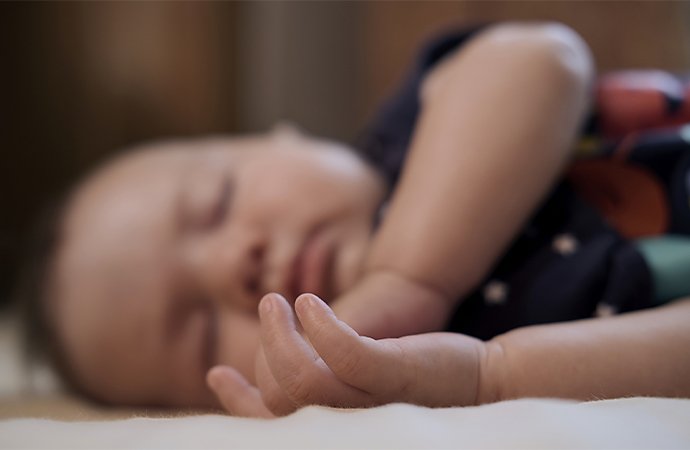
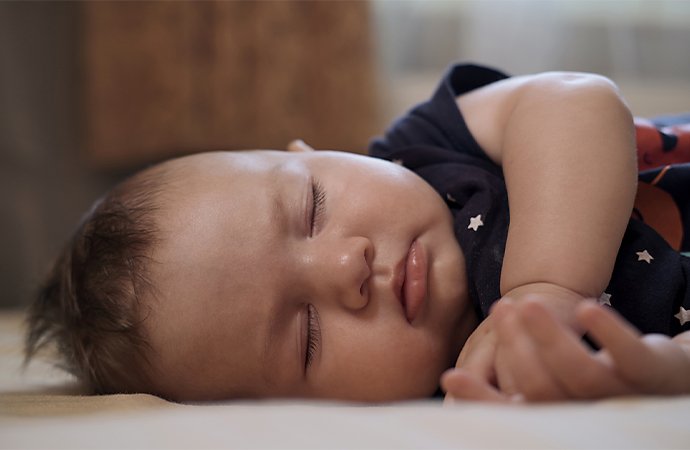
Review your images as you calibrate with Adobe Photoshop Lightroom.
With Lightroom, you can upload and work with your RAW image files — instead of compressed JPGs — so you can see every single detail of your photo. Perfect your autofocus settings on every lens and camera body combo you use and then fine-tune all the aspects of your images in Lightroom for photos that truly astound.
Contributors
Do more with Adobe Photoshop Lightroom.
Edit photos easily with Lightroom presets, Super Resolution, easily share photos from any device and access your projects anywhere with cloud photo storage management.
You might also be interested in…
Document special occasions with event photography.
Get tips from professional event photographers on how to capture the best shots of fleeting moments.
The basics of candid photography.
Discover how to capture candid moments with advice and tips from the pros.
An introduction to shallow depth of field.
Explore how shallow depth of field can add dimension to your photographs.
Getting into the sports photography game.
Explore the many ways to make a career shooting sports, from live events to fashion shoots.


